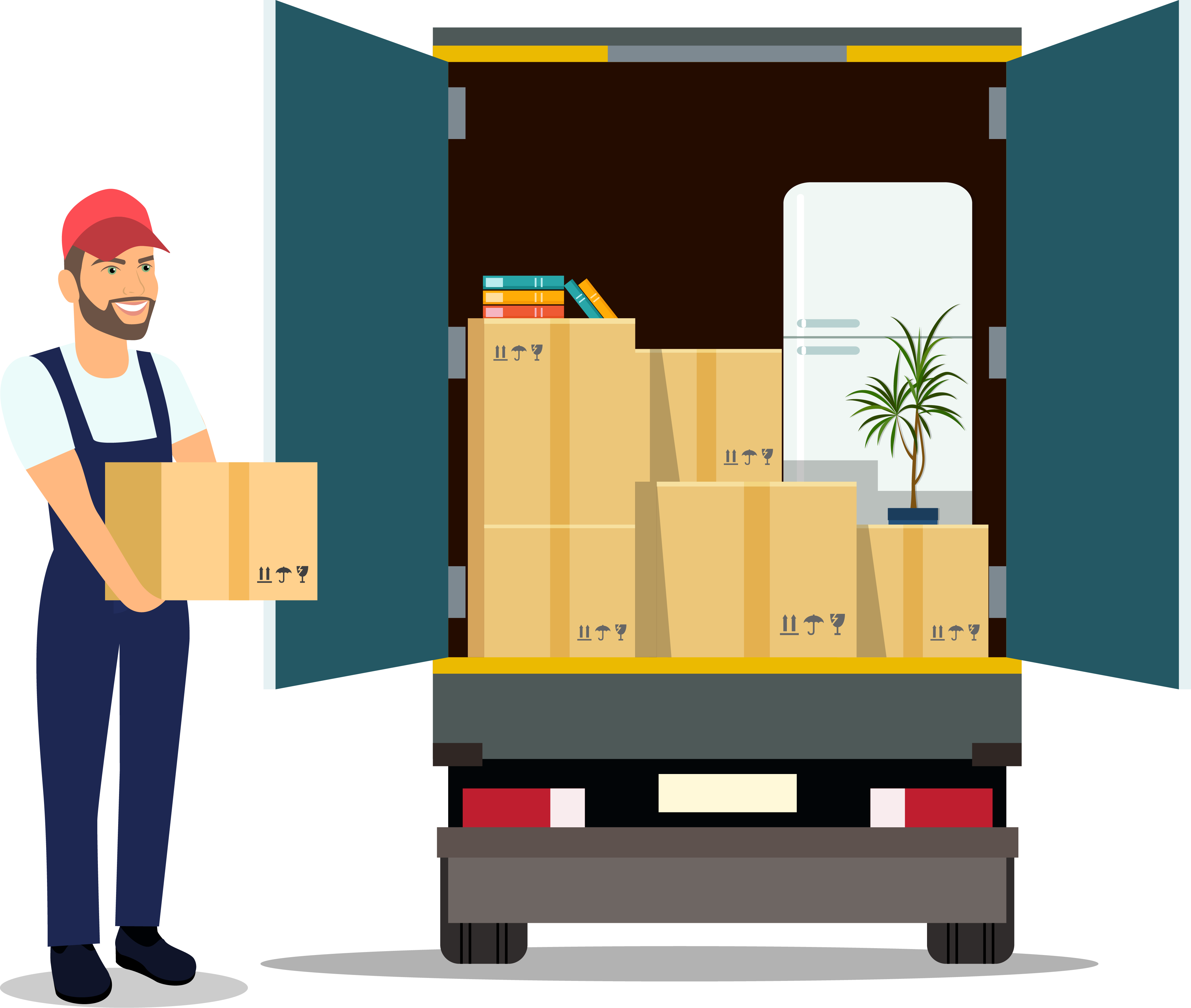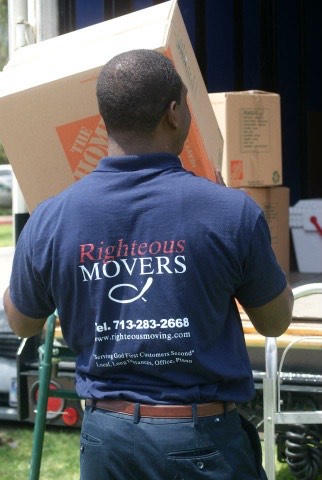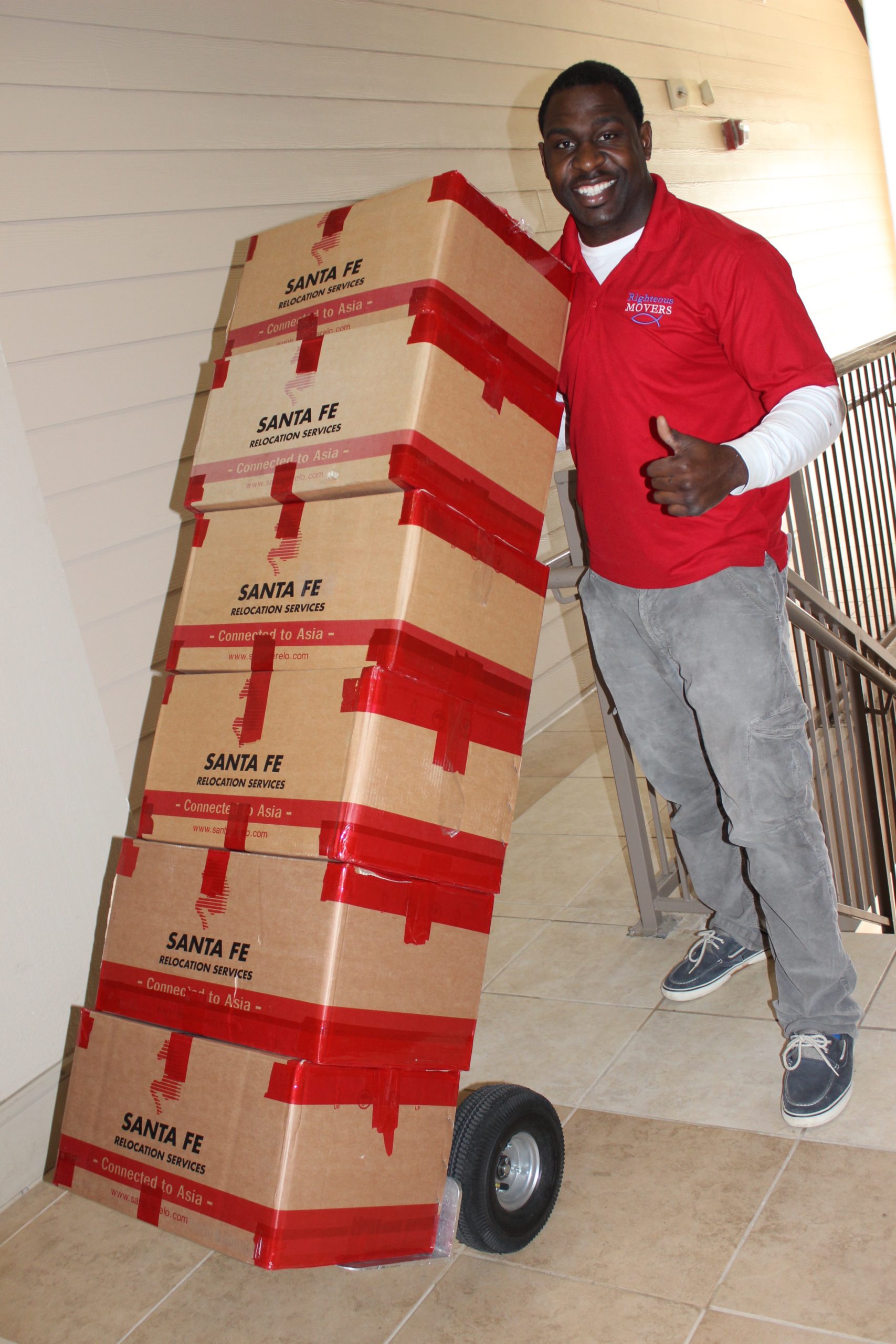Professional moving services
Get Free Quote

WHO WE ARE
Since the mid 90’s Righteous Moving and Delivery has been providing quality Moving to Greater Houston area and surrounding communities. Created by a former Police Officer who is also the son of baptist ministers. Righteous Moving company is designed to respond to our clients needs with a high level of integrity. guaranteeing a reasonably priced first class moving experience.
OUR SERVICES
Moving Made Easy
We Have Mastered These Areas Of Moving

We Take The Stress Out Of Moving
Righteous Moving is a staple in the greater Houston area, but more specifically sugar land.
When you think of moving in Sugar land think of it’s native son and the fruit there of.
Family owned and operated since the early nineties Righteous Moving have, can and will meet your moving needs. There’s no job to small, there is no job to big. We only ask you to do two things.
- Call Righteous Moving first.
- (713)283-2668
- Remember our slogan.
Serving God first our customers second.
OUR WORK
Our Work

25K+
Moves Completed

1K+
Customer reviews

4.5
Ratings
Our Process
Our Process
1
Book Your Order
2
Pack Your Things
3
Deliver Your Things
Our Process
Our Process
1
2
3
Book Your Order
Pack Your Things
Deliver Your Things
LATEST NEWS
Our Blogs

Lorem ipsum dolor
Lorem ipsum dolor sit amet, consectetur adipiscing elit. Ut elit tellus, luctus nec ullamcorper mattis, pulvinar dapibus leo.

Lorem ipsum dolor
Lorem ipsum dolor sit amet, consectetur adipiscing elit. Ut elit tellus, luctus nec ullamcorper mattis, pulvinar dapibus leo.

Lorem ipsum dolor
Lorem ipsum dolor sit amet, consectetur adipiscing elit. Ut elit tellus, luctus nec ullamcorper mattis, pulvinar dapibus leo.
TESTIMONIALS
What Our Clients Say

James

Austin

Emma
FAQ'S
- Try to pack all electronic equipment, like TVs and stereos, in their original boxes. Otherwise use bubble wrap to protect these items.
- Place any items you wish to take with you off to the side and inform all crew members to not pack them. These items could include things such as cable boxes, medication, or any other personal items you may want to be readily accessible once you are in your new home.
- Pack important and sentimental documents separately to be easily accessible—children’s health records, passports, family records, insurance information, and photo albums.
- Make sure you label your boxes for where you want them to go and not where they came from. For example, if something came from your basement, but you want it to go in the playroom, make sure you label “playroom” on the box so it ends up in the correct space from the get-go.
- Don’t pack with used boxes or boxes from the supermarket. You never know what little critter is hiding or if the box will be strong enough to support your possessions.
- Most animal kennels break down. They’re much easier to transport if they’ve been taken apart.
- Always pack and unpack breakables over a padded surface.
- Never tip stand mixers on their side when packing into boxes. The lubricating oil inside the mixer will pour out of it.
- Use only small boxes for books. They get very heavy, very fast.
- Ask your movers to load anything you might need right away in your new home toward the end of the truck, so that it is the first thing unloaded.
- Place items that you are taking with (cable boxes, medication, or any other personal items) you off to the side, and inform all crew members not to pack them.
- As you take apart furniture and other items, make sure to tape all parts to the main base.
- Have a wardrobe box available the morning of the move. The last things you’ll pack will be the bed linens, comforters, and pillows you sleep with. Put these items in the wardrobe box, so they’ll be easy to find when you’re ready to collapse after a day of moving.
Find movers who will get there in a jiffy to pick up your load and deliver it the same day! Professionals come equipped with the moving truck and other essentials to make your move speedy, so you can stop stressing about your last-minute move.
If you’re preparing to move, this question has probably crossed your mind – and for good reason. Every year, there are a number of bad reviews written and complaints filed against moving companies regarding damage done to personal belongings during a move. With this mind, it’s perfectly normal to feel a tad nervous about putting all of your household goods in the hands of strangers. After all, what if your movers lose, damage or destroy your things?
Fortunately, there are a number of ways to protect your move and prepare for this kind of situation. One such way is to educate yourself on the various valuation coverage and moving insurance options available to you. Below, we’ve included a basic overview of valuation and moving insurance. To learn the important differences between these two options, keep reading.
Valuation: When signing a moving contract, you may notice that the moving company offers several different levels of liability – or “valuation coverage,” as it’s called. Valuation coverage is simply the amount of liability that your moving company is willing to accept in the case that your belongings become damaged or lost during a move. Each level of liability determines how much the movers will reimburse you, if your goods become lost or damaged while in their hands. However, these liability options provide limited coverage. It’s also important to note that valuation coverage is not insurance. In fact, what most people think of as “moving insurance” is actually just valuation coverage offered by their mover.
Not everything in the back of that truck will be covered by valuation coverage. For instance, if anything happens to your items outside of your mover’s control, there is less of a chance you’ll be properly compensated. A few other examples of what can limit a mover’s liability include:
- Packing your own boxes, instead of hiring your movers to do it. According to the FMCSA (Federal Motor Carrier Safety Administration), “if articles you pack are damaged, it may be more difficult to establish your claim against the mover for the boxes you pack.”
- Damage to goods caused by an “Act of God” (read: mother nature), such as a fire, hurricane, earthquake or tornado.
- Failing to let your movers know (in writing) about any items of extraordinary value prior to the move.
- Failing to report loss or damage to items promptly after the move. Usually customers have nine months to file a written claim but check with your moving company for details.
- Packing “perishable, dangerous or hazardous materials in your household goods without your mover’s knowledge,” according to the FMCSA.
All interstate movers are required by Federal law to offer two liability options to customers: Released Value Protection and Full Value Protection. Here’s a quick synopsis below.
Released Value Protection:
Released Value Protection is automatically included in the cost of your interstate move. The federal mandate for Released Value Protection in interstate moves is 60 cents per pound per item. In other words, if your 10 pound valuable is damaged during the move, the item will be weighed and then multiplied by .60 cents (.60 cents x 10). This number ($6) would be the dollar amount that the moving company is liable for, regardless of how much the item originally cost you. While this type of basic coverage won’t cost the customer anything extra (big plus!), it’s considered the bare minimum. For instance, if the movers break your 365 pound refrigerator that originally costs $1,400 to buy, your movers will only be liable for $219 under this basic coverage. Yikes.
For local moves, this type of basic coverage is included in the hourly rate or flat rate as well. However, the minimum amount varies from state to state, so be sure to check with the moving company to inquire about your state’s specific minimum coverage amount for intrastate moves. As an example, the State of New Jersey recently increased its minimum coverage from 60 cents per pound to $1 per pound. While most states still require moving companies to offer 60 cents per pound, this increase in New Jersey’s coverage could spark other states to increase their minimum coverage requirements as well.
Full Value Protection:
Full Value Protection is the second type of valuation coverage offered by interstate movers. This level of liability offers customers considerably more protection in the case of an item becoming damaged or lost by the movers. However, it is still not as comprehensive as having insurance. Full Value Protection only means that your mover is liable for the current (or depreciated) value of your goods. In other words: a mover will only reimburse you for an item’s actual cash value. So if you purchased a valuable item 10 years before, but its market value is now currently much less (monetarily speaking), the moving company will only compensate you for the item’s current dollar value.
According to the FMCSA, if a mover loses or damages an item during the move, they can do one of three things for you:
- Repair the item.
- Replace with a similar item.
- Make a cash settlement for the cost of the repair or the current market replacement value. This level of liability is sometimes referred to as Actual Cash Value coverage.
The loophole for this type of protection is that movers aren’t liable for “items of extraordinary value,” unless the customer explicitly tells the movers about the items in writing. The FMCSA notes that articles of extraordinary value include items with a value of more than $100 per pound. Think: fine jewelry, antiques, collectibles and china. The cost of purchasing Full Value Protection varies by mover, so be sure to ask your moving company for details.
When it comes to local movers, coverage options vary from moving company to moving company. Many local movers also offer a Full Value Protection option to their customers. Either way – it’s important to discuss all your liability options with the moving company before signing anything.
Tip: Keep in mind that both Released Value Protection and Full Value Protection are not governed by state insurance laws. According to the FMCSA, they are Federal contractual tariff levels of liability authorized under Released Rates Orders of the Surface Transportation Board of the U.S. Department of Transportation.
In addition to valuation coverage, customers always have the option to purchase their own moving insurance. If you’re moving valuable items, I certainly recommend doing so. As mentioned above, valuation coverage is limited and does not provide customers with full compensation for lost or damaged items. For this reason, many people choose to purchase moving insurance through a third party insurance company. Trusted Choice points out that moving insurance “can be used to supplement the coverage provided by a moving company or to cover your belongings when you handle the move yourself.” Many moving insurance policies also cover goods for a period of up to 90 days while in transit or storage. How much is covered will depend on your insurance carrier and specific policy.
What your moving insurance covers will depend on the specifics of your policy. In general, though, moving insurance covers any damage done to household items while in transit (and possibly, storage). That means anything from an earthquake to accidental breakage – it’s all covered. Trusted Choiceclaims that most moving insurance policies provide coverage for the actual depreciated value of the belongings, while others let the customers pay more for replacement cost coverage. Worried about your computers and electronics? MovingInsurance.com points out that they also offer an Electrical and Mechanical Derangement add-on policy. This additional option “covers against any internal damage to your electronics and/or mechanical items being moved where no physical damage is apparent.”
If you assume that your homeowners insurance (or renters insurance) will cover all household goods while moving, think again. Before moving, I highly recommend contacting your insurance agent to ask about the specifics of your policy, as they vary from carrier to carrier. MovingInsurance.com points out that many homeowners insurance policies don’t cover goods that are in transit. In fact, some policies may only protect your household goods while the movers are packing them in your home.
- Take photos of all belongings before moving. This way, if you have to file a claim you can show a before and after photo of your damaged item.
- Pack carefully! If you’re packing your own items, make sure to use the right boxes, packing supplies and protective materials to pack all boxes as securely as possible.
- Hire a reliable moving company with good reviews. Need help finding one? Moving.com’s extensive network of reputable and reliable movers makes it easy to find and book the best moving company for the job. All relocation companies in our network are licensed and insured, so you can rest assured that your move will be in good hands.
Whether you knew moving day was looming, but just procrastinated like a champ, or you’re relocating suddenly due to unforeseen circumstances, like a natural disaster, job change, or eviction, Righteous Moving is here to help solve your search for last minute movers. We help you quickly compare the cheapest rates same day movers, so you get the moving help you need ASAP!
Don’t worry. You’re not alone! Thousands of Americans find themselves in a moving emergency each month. Fortunately, Righteous Moving can assist! If you need to find movers today, fill out the quote form to get help with your move TODAY! Whether you need to find local or long-distance moving companies we can quickly help you meet your fast-approaching moving deadline.
We charge an hourly rate that includes furniture pads and other basic materials (except boxes) that we need to complete your move. The hourly charges begin when the movers arrive and you sign them in. The charges end when the move is complete and you sign the crew out. The supervisor will calculate the bill at that time and you can give the supervisor a check or sign our credit card form for payment.
Some of the items we cannot move are:
- Flammable items
- Weapons and ammunition
- Jewelry
- Money
- Paint
- Any liquids or aerosols
- Perishable food
- Lampshades that are not packed in a box
Even with the best in the business, something may get damaged, even with our extensive home moving protection equipment. Our supervisor will have a “Proof of Claim” form in the paperwork for you to fill out. It is important to show the supervisor damage if you notice it, so he can document it as well. Once you have filled out the “Proof of Claim” form you can email, fax or mail it to our office and someone will contact you about the next steps.



